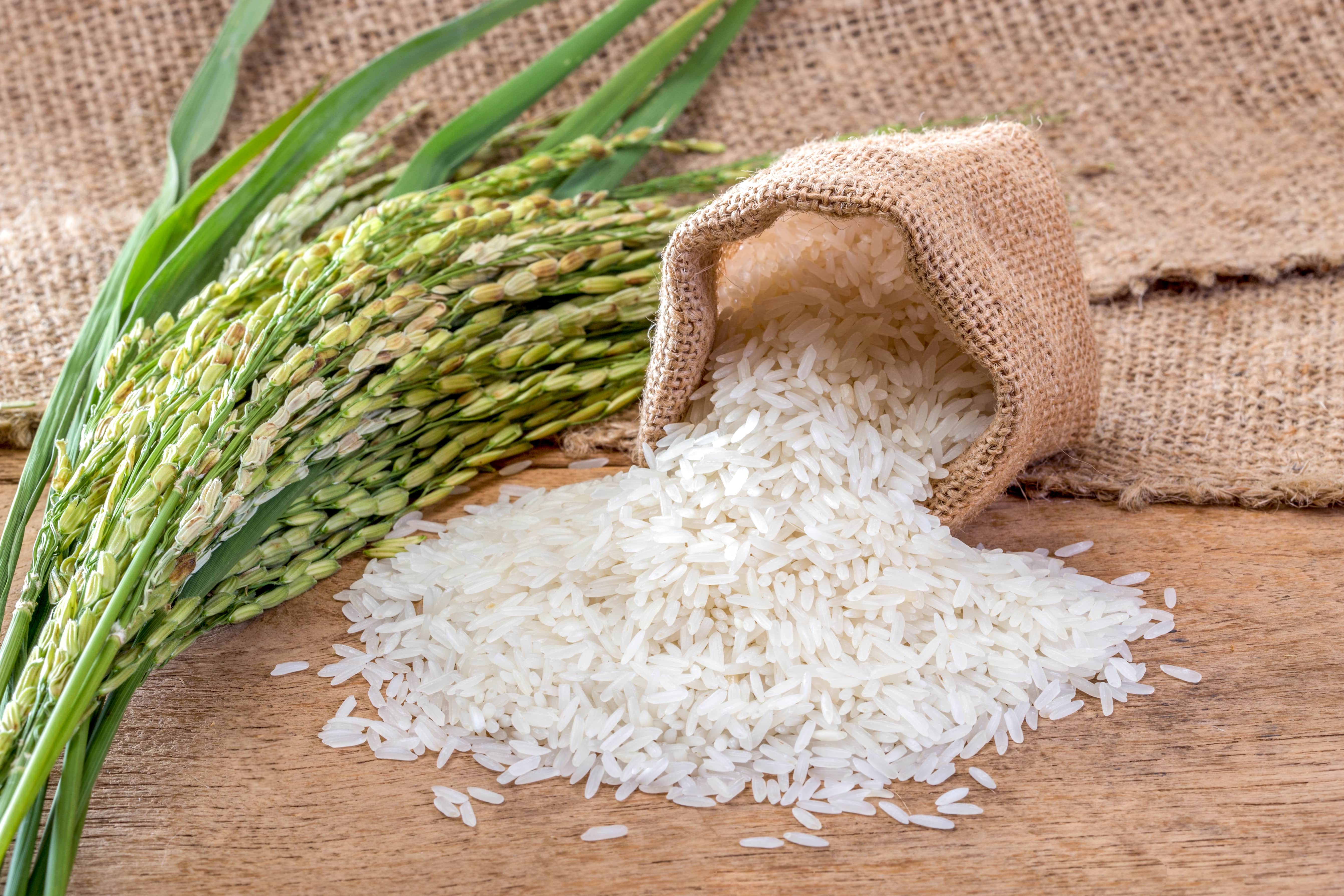Massive Drop in Production and Exports of Thai Rice
The second-largest rice supplier in the world, Thailand is in danger of slipping to 3rd place as the country is estimated to export 7.5 million metric tons of rice or less this year, less than 10 million metric tons two years in a row. This is the lowest since 2013 at 6.6 million metric tons and is down by 32.5% from 2018 when 11.23 million metric tons were exported.
Numbers suddenly hit a dramatic low point in 2019 at 7.58 million metric tons. The export value in 2019 was also at THB 131 billion (USD 4.2 billion), down by 25% from the previous year. This is even more troubling as the country is expecting difficulties in reaching the estimated 7.5 million of exports.
Decrease Due to Internal & Global Factors
The drop in export quantity is due to a number of internal and global factors. Thailand has been exporting the same variety of rice for the last 30 years and lacks variety development technologies to deal with changing market demands. Vietnam, in comparison, has been continuing to develop fragrant rice and soft-textured white rice, accommodating to customer demands for soft-textured grains.

Another important factor is higher production costs compared to Vietnam, which has allowed Vietnam to enter key rice markets such as China, Hong Kong, Malaysia, and the Philippines. In addition, while China was traditionally one of Thailand’s biggest importers, it has begun switching to exporter status and been infiltrating into Thailand’s customer base as it possesses huge stocks of rice at 120 million metric tons of which it exported 3 million in 2019.
Furthermore, Thailand’s currency is currently appreciated, making exports less profitable compared to its competitors India and Vietnam. Another risk component is the EU-Vietnam Free Trade Agreement and the Comprehensive and Progressive Agreement for Trans-Pacific Partnership (CPTPP) which is expected to increase Vietnam’s share in Europe. In terms of weather conditions for this season, Thailand suffered from widespread drought across the country in 2019 that led to a decrease in the production volume at 18 million metric tons, the second-lowest in a decade.
Thailand Losing Out Asian Customers Despite Demand Increase
Recently the outbreak of the novel coronavirus, COVID-19, has led to an increase in demand for rice in Asia, especially in China and Hong Kong, as customers are hoarding basic necessities. However, as China and Hong Kong, as well as Singapore and Indonesia, are increasing their stocks, even with the surge in demand it will still be difficult for Thailand to reach the export target of 7.5 million metric tons.

Currently, Thailand’s biggest markets are to the West African country of Benin which accounts for 1.07 million metric tons, followed by South Africa at 725.5K metric tons, the US at 560K metric tons and China at 471.3K metric tons. Among rice varieties, white rice is the most exported variety and is mainly imported by Angola, Benin, Cameroon, and China.
While Thailand’s customers in Africa are expected to continue their imports for now, its Asian customers such as China, the Philippines, Indonesia, Malaysia, and Hong Kong have switched or are gearing to switch to Vietnamese suppliers.
In light of this issue, the Thai government has set up a panel with representatives from the Rice Department to tackle the problem. However, due to several factors that have been developing for the last few years both domestically and internationally, rice exports for Thailand are expected to continue at its recent low levels.
Sources
- Bangkok Post. "Thailand risks slipping to 3rd place in rice exports."
- Khaosod English News. "THAI RICE EXPORT EXPECTED TO DROP THIS YEAR."
- The Thaiger. "Thailand could fall to third place in rice shipments in 2020."
- The Guardian. "'It's like a war': the fight for rice and toilet roll as coronavirus convulses Hong Kong."
- World-Grain "Thailand rice output projected to decline."
- ITC World Trade Map